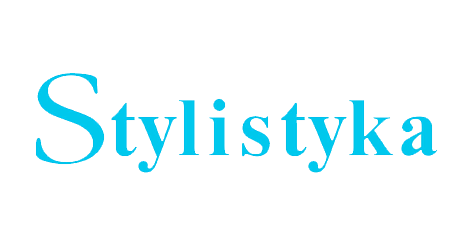Alcaeus 1999, Fragments, Paris: Les Belles Lettres.
Google Scholar
Apollodoro 1998, Biblioteca, Milano: Mondadori.
Google Scholar
Bergson Henri L., 1911, Laughter: An Essay on the Meaning of the Comie, I -ondon: Macmillan and Co.
Google Scholar
Camus A., 1959, The Myth of Sisyphus - and Other Essays, New ork: Vintage Books.
Google Scholar
Cardinali M., 2002, U Dio Inseguito Viaggio alla scoperta della fede nella poesia di David Maria Turo Ido, Roma: Edizione Pro Sanctitate. dei Bonsignon G., Ovidio Methamorphoseos vulgare. Printed in Venice by Zoane Rosso for Lucantonio Zonta on MCCCCLXXXXVII a di X del mese di Aprile, Libro IV, Capitolo XXXI, De Sisypho.
Google Scholar
Frost R., 2002, A Masąue of Reason. In Lathem Edward Connery, ed., The Poetry oj Robert Frost: The Collected Poems. New York: Henry Holt.
Google Scholar
Gilbert Stephen W., 1996, Etymologies of Humor: Reflections of the Humus Pile, Sincronla, Winter, (available at: http://sincronia.cucsh.udg.mx/etymolog.htm).
Google Scholar
Hartley J.E., 1988, The Book of Job. Grand Rapids: William B. Eerdmans Publishing Company.
Google Scholar
Heschel A.J., 1955, God in Search ofMan -A Philosophy of Judaism, New York: Farrar, Straus and Giroux.
Google Scholar
Homer, 2006, The Odyssey, Arlington: Richer Resource Publications.
Google Scholar
Igino, 1998, Favole, Lecce: Argo Editore.
Google Scholar
JungC.G., 1984, Answer to Job. London: Routledpe, (original edition, Jung, Carl G.,Antwoord op Job, Rotterdam: Uitgeverij Lemniscaat, 1998.)
Google Scholar
Kast V., 1991. Sisyphus: The Old Stone — A New Wav, A Jungian Approach to Midlife Crisis. Einsiedeln: Daimon Verlag.
Google Scholar
Morreall J., 1983. Taking Laughter Seriously, Albany: SUNY Press.
Google Scholar
Pausania, 2003, Descrizione della Grecia, Milano: Mondadori.
Google Scholar
Sophocles, 2003, Tragedie e Frammenti. Filottete, Milano: Mondadori.
Google Scholar
Sutherland R., 2004, Putting God on Trial: The Biblical Book ofJob, Trafford: Victoria.
Google Scholar
Teognide, 1989, Elegie, Milano: Rizzoli.
Google Scholar
Vanheeswijck G., 1993, Lachen om de wereld. Dwarsliggers in het Europese Denken, Kapellen. Pelckmans.
Google Scholar
Van Hooreweghe H., 1998, Inleiding. In Jung, Carl Gustav, Antwoord op Job. Rotterdam: Uitgeverij Lemniscaat, pp.7-20.
Google Scholar
Wharton J.A., 1999, Job. Louisville: Westminster John Knox Press.
Google Scholar
Whedbee W., 1977, The Comedy ofJob. - Polzin, Robert and Robertson David (eds.) “Studies in the Book of Job”, Semeia, 1 (1977), pp. 1-44.
Google Scholar

